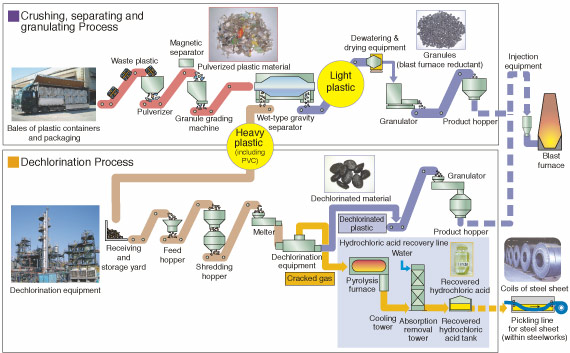Home > About Us > Corporate Social Responsibility > Sustainability Report > Sustainability Report 2007 > 1. Environmentally Friendly Manufacturing (2)
Building a Recycling-based Society

|
||||||||||||||||||||||||||||||||||||||||||||||||||||||||||||||||||||||||||||||||||||||||||||||||||||||||||||||||||||||||||||||||||||||||||||||||||||||||||||
Home > About Us > Corporate Social Responsibility > Sustainability Report > Sustainability Report 2007 > 1. Environmentally Friendly Manufacturing (2)
Building a Recycling-based Society

|
||||||||||||||||||||||||||||||||||||||||||||||||||||||||||||||||||||||||||||||||||||||||||||||||||||||||||||||||||||||||||||||||||||||||||||||||||||||||||||